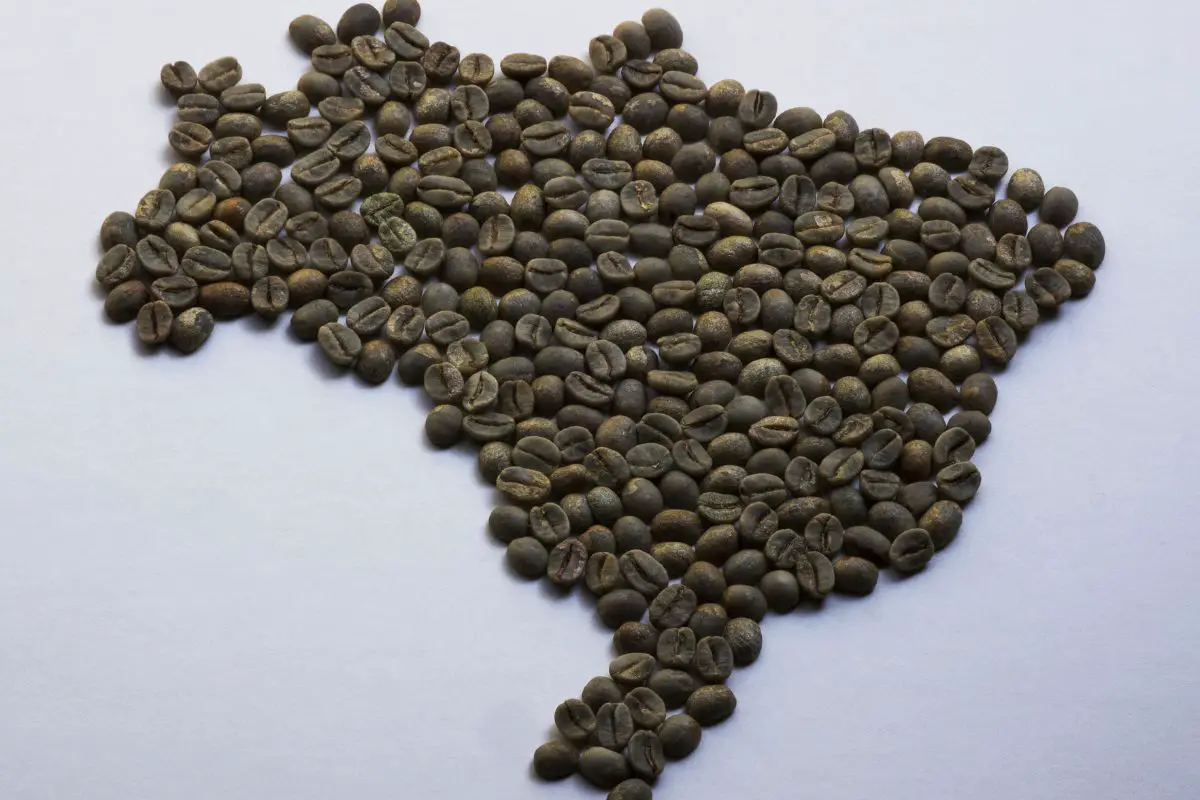Brazil is known to be among the few coffee-producing countries in the globe. In fact, Brazil produces about a third of the world’s coffee. In this article, you’ll learn how Brazil earned its top position in coffee production.

History of Brazilian Coffee
Coffee is important in the cultural and historical makeup of Brazil, the largest country in South America. French settlers first introduced coffee in Para, a Northern Brazil state, in the 18th century. Initially, sugarcane was the leading export crop in Brazil. By 1820, sugarcane was overtaken by coffee to become the country’s top export crop. Coffee production thrived in the fertile soils and favorable climate of areas such as Rio and Sao Paolo.
By the nineteenth century, Brazil became the leading exporter of coffee to America and Europe. In 1840, Brazil became the leading coffee producer in the globe. The country holds this position to date.
In 1973, Brazil formed an organization known as the ABIC (Brazilian Coffee Industry Association) whose role is to institute regulations that guide coffee trade. ABIC ensures coffee production in Brazil is sustainable, pure, and of top quality. Also, ABIC offers coffee growers resources such as market pools, macroeconomic studies, and statistical information about coffee growth and consumption.
Brazil has a geographical area of 3 million sq. miles. Of this, at least 16K miles are dedicated to coffee farming. The expansiveness of the country allows it to produce consistently high volumes of coffee. In fact, Brazil produces at least 2 million tons of coffee annually.
Brazilian Coffee Culture
Brazil takes pride in its coffee production for several reasons. For instance, it produces high-quality coffee. Also, coffee production in the country contributes largely to its economic development. In fact, its coffee industry supplies millions of jobs in the country.
Any coffee that’s not ideal enough for exportation, although it’s still high quality, is reserved for consumption locally. Brazil only exports the best quality coffee. As a result, Brazilians enjoy cheap and regular coffee in their coffee culture.
Locals often love taking black coffee. They like it most when sweetened with sugar. They add enough sugar to eliminate the bitterness that’s found in some lower quality coffee beans that are grown in areas with low altitude. Such coffees are what you’re likely to find in the mass market. If you need to add creamer, you can add milk, locally known as média.
Most Brazilians prefer taking pure coffee. As a result, some Brazilians are very cautious about taking coffee prepared with coffee makers such as the espresso coffee maker. They also avoid coffees that need extra fuss and ingredients like mochas, macchiatos, and iced coffee smoothies among others. In several common places such as restaurants and gas stations, coffee is generally offered for free.
The most popularly served type of coffee in Brazil is known as cafezinho. It’s traditionally served in a tiny cup. It’s filtered and served at a boiling temperature. Enough sugar is added to the drink. However, cafezinho shouldn’t be confused with a shot of espresso as they’re not similar.
Recipe for Making Traditional Brazilian Coffee
Making cafezinho is quite simple. To make cafezinho, you only need:
- Hot water (4 cups)
- Sugar (2/3 of a cup)
- Fine coffee grind (1/3 of a cup)
- Scalded milk (for those who want to add milk)
Upon gathering the required supplies, place a coffee filter on your pour-over coffee maker. Then add sugar. Next, add coffee and start pouring boiling water. If you want to add scalded milk, heat it first and add it to the cafezinho to your liking.
A variation of the traditional cafezinho recipe can be made as follows:
Supplies needed:
- French press
- Burr grinder
- Large spoon
- Scale
- Electric kettle
- Water (2 to 3 cups)
- Coffee mug or demitasse cup
- Coffee (1 ounce, preferably fine grind for a start)
- Granulated sugar (2 tablespoons or as per your preferences)
- Steamed milk (for those who want to add milk)
Instructions:
Step 1– Weigh 1 ounce of coffee. Grind it finely if it’s not pre-ground.
Step 2– Add the ground coffee to the French press.
Step 3– Add enough sugar over the grounds.
Step 4– Boil 2 to 3 cups of water. Once boiled, allow it to sit for about 30 seconds. Pour the hot water over the contents in the French press. Next, stir gently to mix.
Step 5– Cover the French press with a lid. Allow it to brew for about 4 minutes.
Step 6– If you want to add milk, steam it as you wait for the coffee brewing process to continue.
Step 7– Start pressing the plunger down slowly.
Step 8– If you’re adding steamed milk, first, add it to the cup. Then fill the cup with coffee.
Extra Tips
- Traditionally, brewing Brazilian cafezinho requires finely ground coffee. However, you can also use coarsely ground coffee, especially when using the above French press coffee brewing method.
- It’s recommended to use dark roast coffee when making cafezinho.
Related Articles